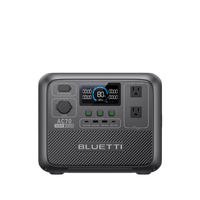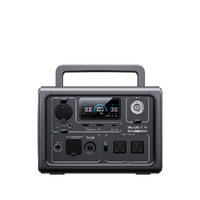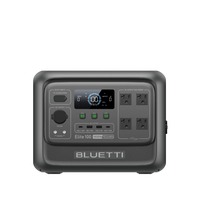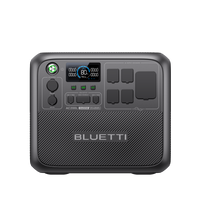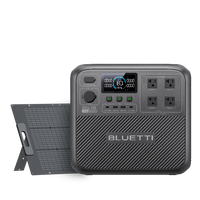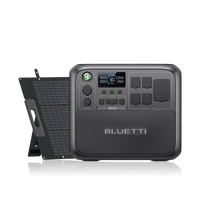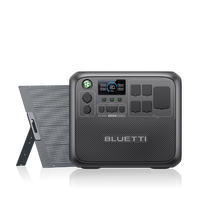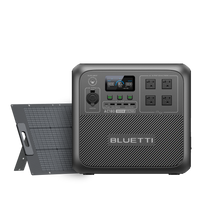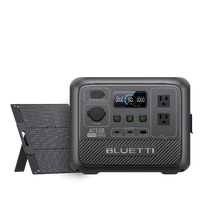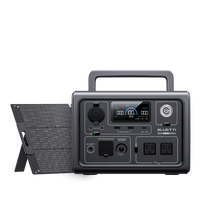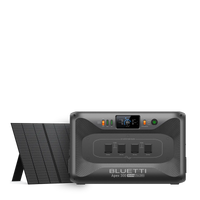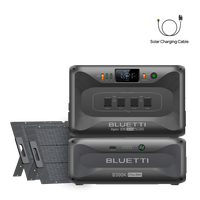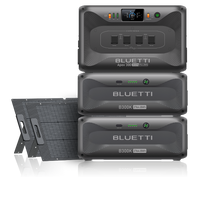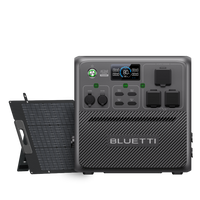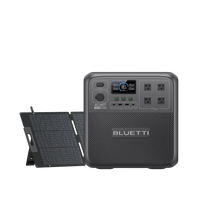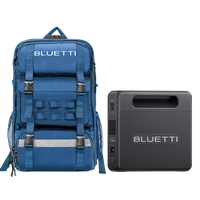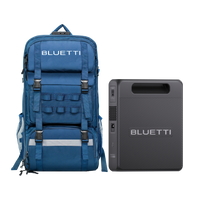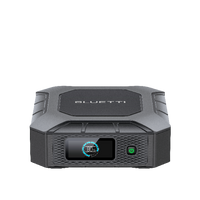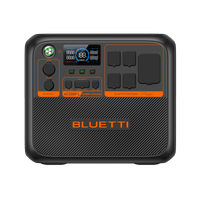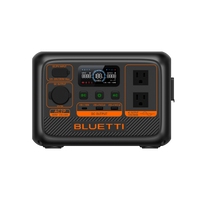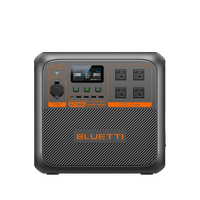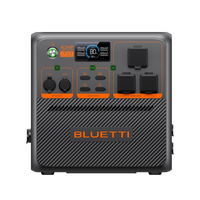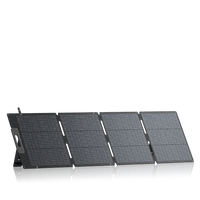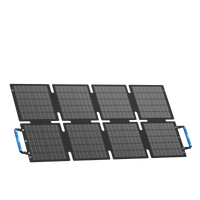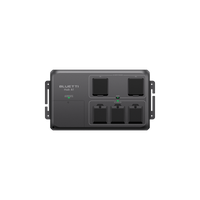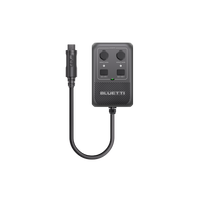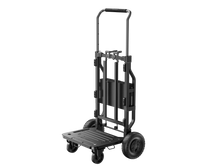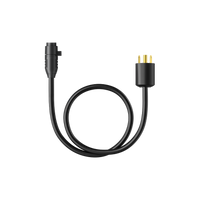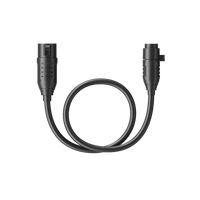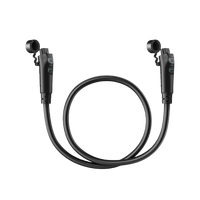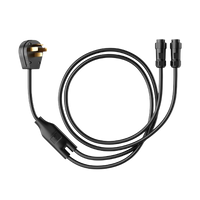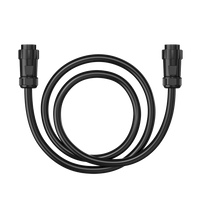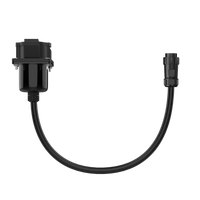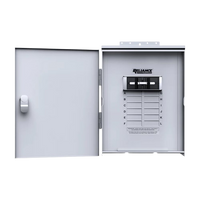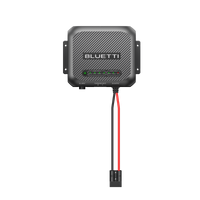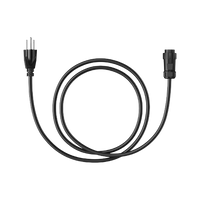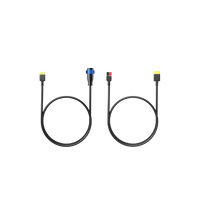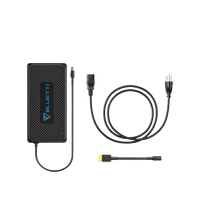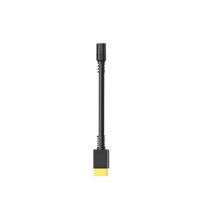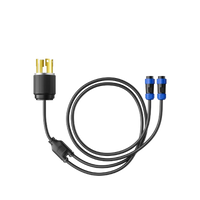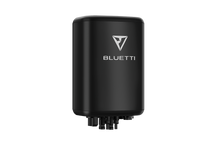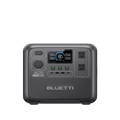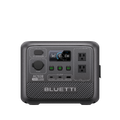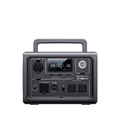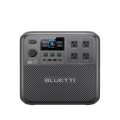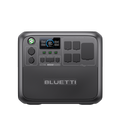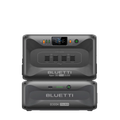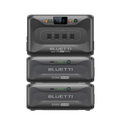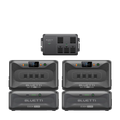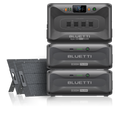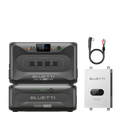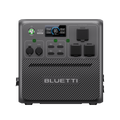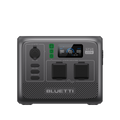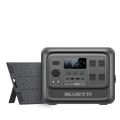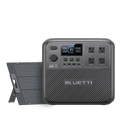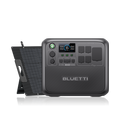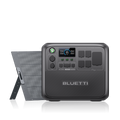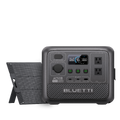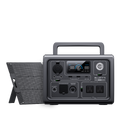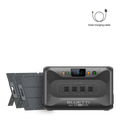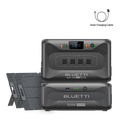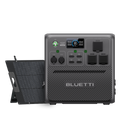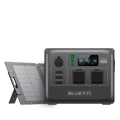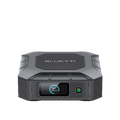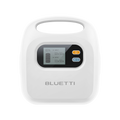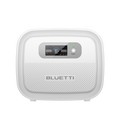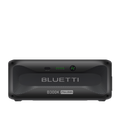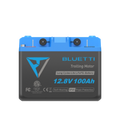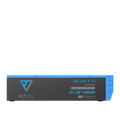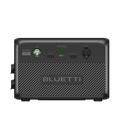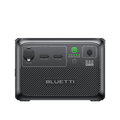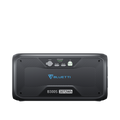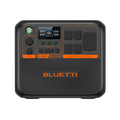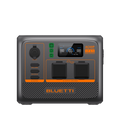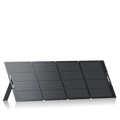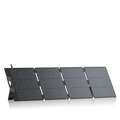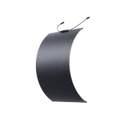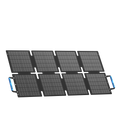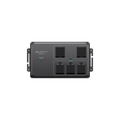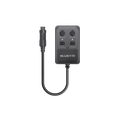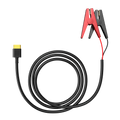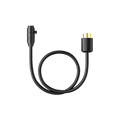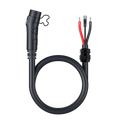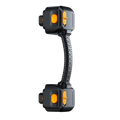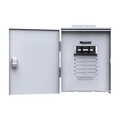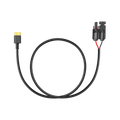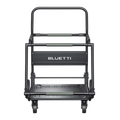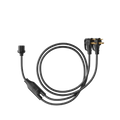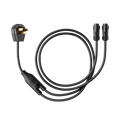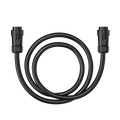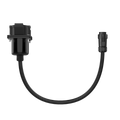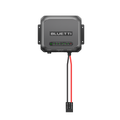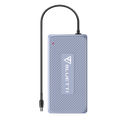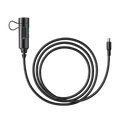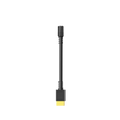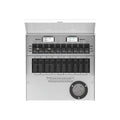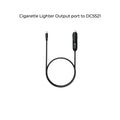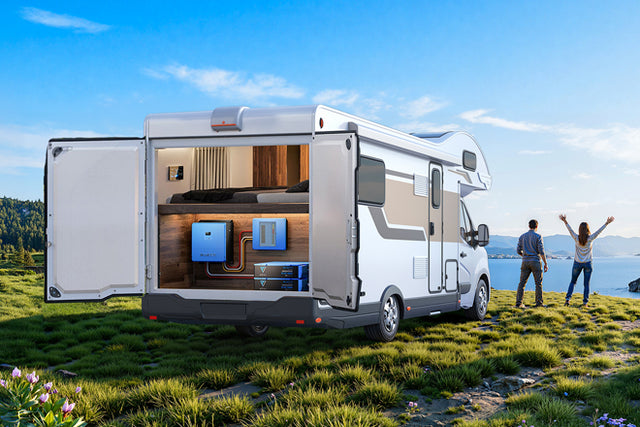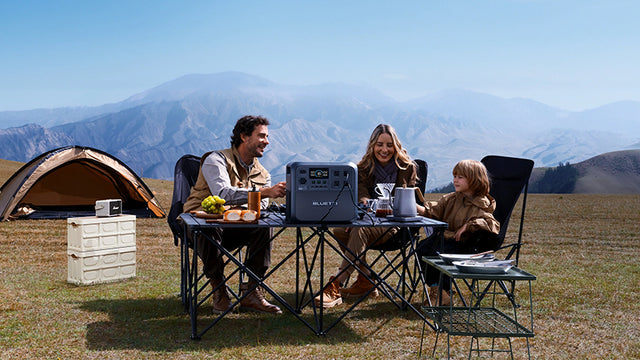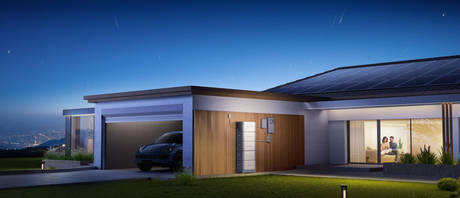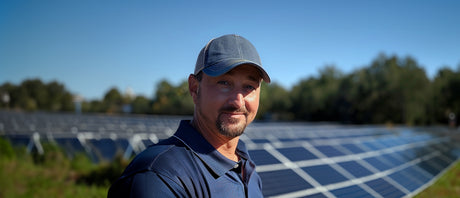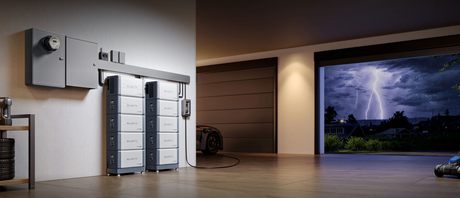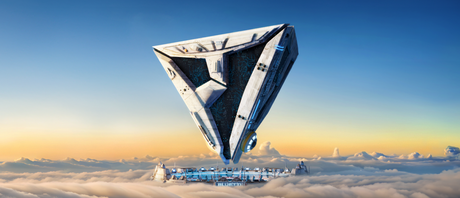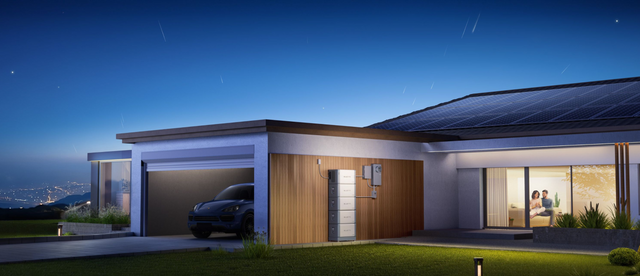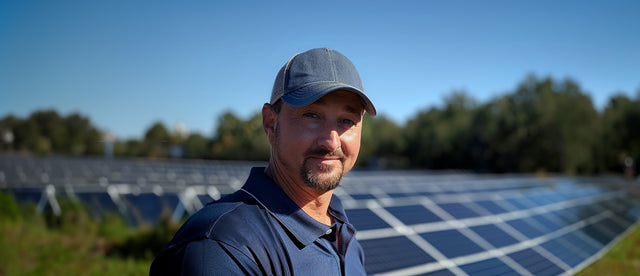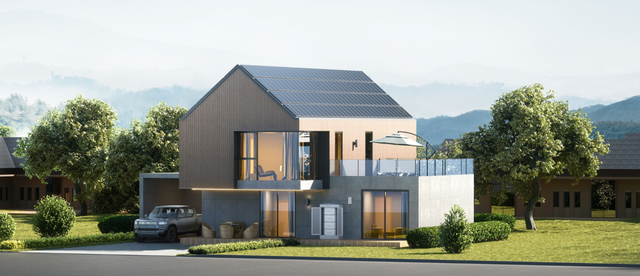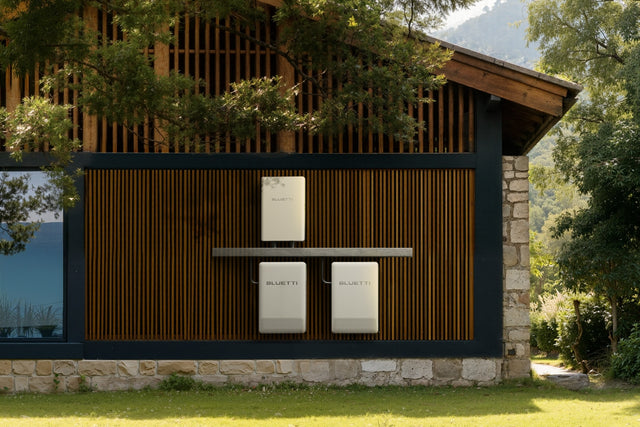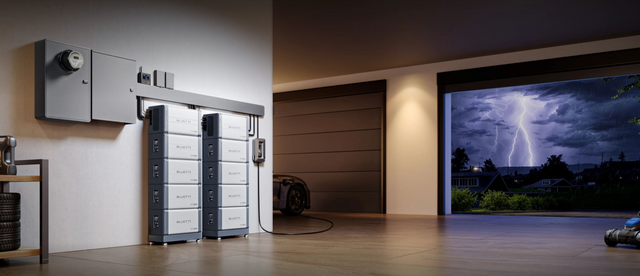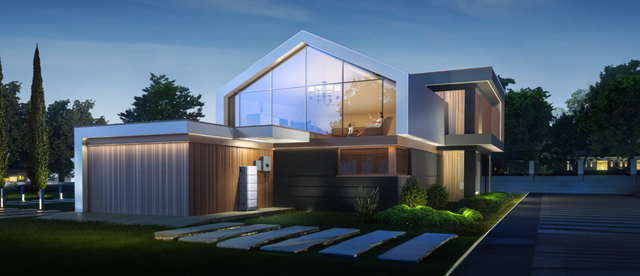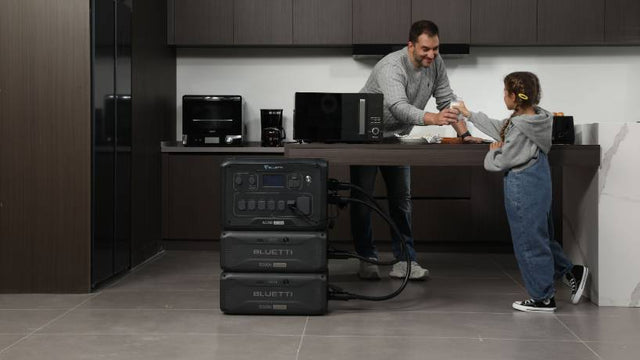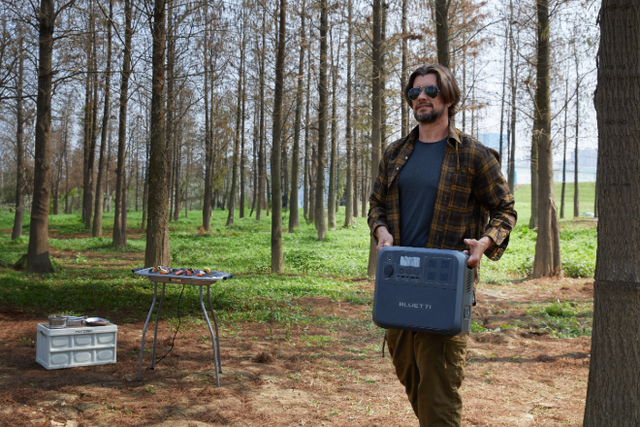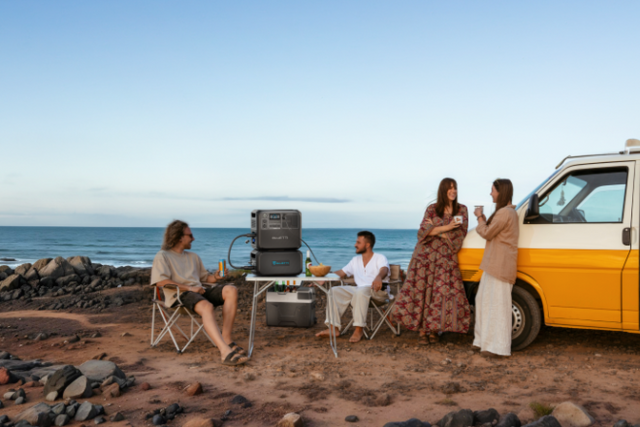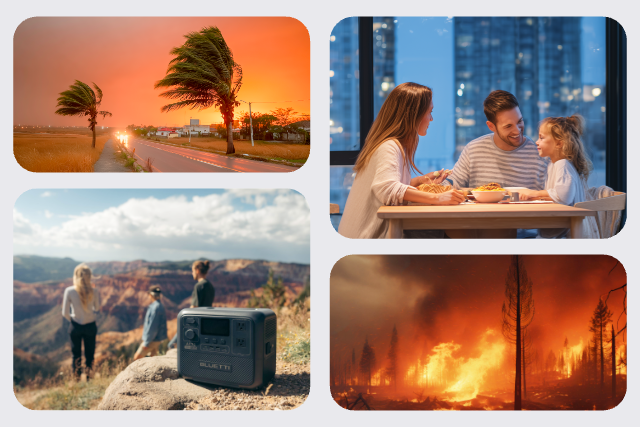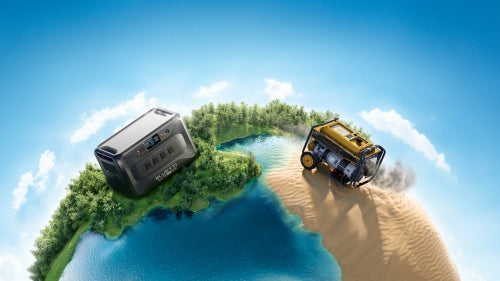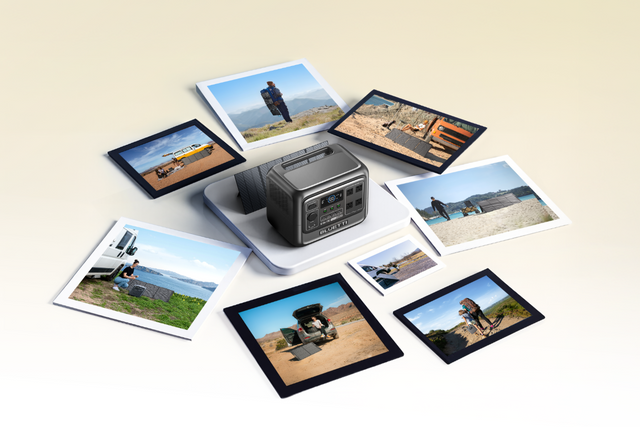Your cart is empty
Shop our productsSo you got your hands on the iPhone 17, cool. Doesn't matter if it's the standard version, the Air, or the Pro/Pro Max model; there's that familiar feeling of "what's new this time?" The camera bump, the screen refresh, the "Action" button, etc. But often overlooked is the charger: what plug you use, what speed you expect, and whether your old charger works. That's where the iPhone 17 charger type questions become relevant.
With Apple's recent shift (remember when Lightning was the only game?) and the move toward USB-C, it's easy to get confused: "Does this phone come with a charger? What charger type? What speed? Can I reuse my old charger?"
You'll know it all as you keep reading through.
Does the iPhone 17 Come With a Charger?
Short answer: Nope. The iPhone 17 charger type discussion starts with this: Apple doesn't include the power adapter in the box anymore. You get your phone and a USB-C to USB-C (or appropriate) cable, but the wall brick is sold separately.
Why?
- Apple says it's for sustainability: shipping lighter, smaller boxes, reducing the number of chargers people already have, and less e-waste.
- Many users already have adapters from past phones or other devices, so maybe it's a "you already have one" situation.
- But yes, for new users or those who only had Lightning chargers before, you will have to buy a compatible adapter.
What's Included Vs Separate?
|
Item |
In the box with iPhone 17 |
You'll need to buy separately |
|
iPhone 17 device |
Included |
X |
|
USB-C to USB-C (1 m) cable |
Included |
X |
|
Wall power adapter (USB-C charger) |
Not Included |
Yes, if you want fast charging or don't already have one |
|
EarPods / Wired headphones |
Not Included |
Only if you want them and don't already have wireless ones |
So yes, the iPhone 17 charger type you'll need to think about is the adapter you plug into the wall. Not included; you pick the spec.
What Type of Charger Does the iPhone 17 Use?

This is where things get interesting, and you'll want to pay attention: the iPhone 17 uses USB-C for charging. That's the port on the bottom of the phone. No more Lightning port (for new models) in this lineup.
The Details:
- USB-C connector at the bottom of the iPhone 17 for charging (and data) on the base model.
- Supports USB Power Delivery (PD), which is the common fast-charging standard among many devices.
- For older charger/adapter compatibility: If you have a USB-C adapter (for example, from a previous iPad or MacBook), you might be able to use it, but it depends on wattage and cable.
- One nuance: Some rumors suggested the iPhone 17 would use USB 3 speeds (for certain models), but the official spec for the standard model states "USB 2 (up to 480 Mb/s)" for data. So when I talk about the iPhone 17 charger type, I'm talking about the USB-C wall charger adapter + USB-C cable combo.
What About the Cable Specifics?
Yes, you'll use a USB-C to USB-C cable (or a USB-C cable that matches the phone's port). The important part is making sure the adapter can deliver sufficient wattage for fast charging (we'll get into that next).
If you're switching from an older iPhone with a Lightning port, you'll also need a new cable, since the iPhone 17 uses USB-C at the phone end.
How the USB-C Shift Benefits Users
This is actually one of the nicer upgrades: the iPhone 17 charger type (USB-C) means a few good things:
- Universal cables/adapters: Lots of devices (laptops, tablets, newer phones) use USB-C. So instead of having many different chargers, one USB-C adapter may cover multiple devices.
- Faster charging potential: USB-C + PD enables higher wattage charging compared to older adapters. That means you'll spend less time waiting.
- Better future compatibility: As more devices standardize on USB-C, your charger cable lasts longer.
- Less clutter: Fewer ports, fewer cables, easier travel.
So the move to the iPhone 17 charger type direction (USB-C) really helps simplify your charging ecosystem.
Charging Speeds And Options: Wired, Wireless, What You Need

Now let's dive into the real meat: how fast will it charge, what are your options (wired vs. wireless), and what charger spec should you go for? Because the iPhone 17 charger type isn't just about USB-C, it's also about wattage and mode.
Wired Charging
If you plug the iPhone 17 in via cable (USB-C on both ends; one end to the phone, the other to the adapter), you can get the fastest charging speeds. Some key points:
- Charging specs vary by model: The base iPhone 17, Pro, and Pro Max can reach up to 50% charge in about 20 minutes when paired with a 40W (or higher) compatible charger. The iPhone 17 Air is capped at a slower rate, achieving up to 50% charge in about 30 minutes with a 20W adapter or higher.
- In independent tests, the standard (base) model peaks at around 27-28W, while the Pro Max can hit ~36W in real-world charging.
- Many sources confirm up to ~40W wired charging for the base, Pro, and Pro Max models, though actual peaks may be slightly lower depending on conditions.
Here's a simple breakdown of what wattage you might want depending on how fast you want to charge:
|
Model |
Adapter Wattage |
What you get |
Who it's for |
|
Base, Pro, Pro Max |
20W |
Basic fast charging; fine for most needs |
Everyday users who charge overnight or have time |
|
Base, Pro, Pro Max |
30W |
Faster than entry-level; good balance |
Power users who top up regularly |
|
Base, Pro, Pro Max |
40W or higher |
Maximum speed supported (up to 50% in ~20 min) |
If you need rapid top-ups or travel a lot |
|
Air |
20W or higher |
Standard fast charging (up to 50% in ~30 min) |
All users; higher wattage won't speed it up significantly |
From multiple sources, going beyond ~40 W doesn't significantly increase speed for the iPhone 17; the device may be capped by its internal charging logic.
Wireless and MagSafe Options
If you prefer wireless charging (and it does support it), the iPhone 17 charger type conversation expands to wireless chargers, too. Some things to note:
- The iPhone 17 supports MagSafe-style wireless charging and also the newer standard Qi2.2.
- Wireless max speed: Up to ~25 W for compatible chargers in many cases.
- Pros: No cable fuss, convenience. Cons: Generally slower than the best wired charging, may generate more heat, and alignment matters.
Comparing "Standard," "Fast," and "Super-Fast" Charging Modes
- Standard: Using a 20 W or similar adapter, wired. Works fine for most; will charge from low to usable in a decent time.
- Fast: Using a ~30-40 W USB-C PD adapter, you get significant improvements. The iPhone 17's wired speed benefits here (especially for the base, Pro, and Pro Max).
- Super-Fast: While some phones go 80-100 W or more, the iPhone 17's cap is around 40 W for wired (currently)—so going 100 W won't necessarily double speed. Still, using a higher wattage charger ensures the iPhone draws maximum safe wattage.
Third-Party And Portable Charging Solutions
Okay, so you've got the right adapter, wired or wireless, but what about more advanced use cases? Travel, power outages, multi-device setups?
This is where the concept of iPhone 17 charger type broadens to "what power solutions can I use with my iPhone 17?"
Here, I want to mention two fantastic products that tie into this:
- BLUETTI Elite 100 V2 Portable Power Station: Perfect for on-the-go, emergencies, and travel.
- BLUETTI Apex 300 Home Battery Backup: A home-scale solution for powering multiple devices (including your iPhone 17) during outages or as a central backup.
Why bring these into the conversation?
Because once you have a USB-C charger/adapter sorted for your iPhone 17, you might find yourself needing more than just a wall adapter: maybe you're in a remote location, camping, power cuts happen in your area, or you want to charge multiple devices at once. That's where these backup power solutions shine.
Elite 100 V2 Portable Power Station

While primarily designed for larger power loads, Elite 100 V2 is great for travel, outdoor activities, and emergency charging. You plug your iPhone 17 charger into the station, and you've got power even when the grid is out. It supports multiple devices, has USB-C ports, and is compact enough to carry.
Apex 300 Home Battery Backup

At home, if you live in an area with unreliable power or want peace of mind, the Apex 300 is a robust backup system. Your iPhone 17 (and all your other tech) can stay charged and usable during outages. So the iPhone 17 charger type isn't just about the wall plug; it's about integrating with your wider power setup.
Safety and third-party charging tips
- Always use certified adapters (USB-C PD is a good benchmark).
- With third-party adapters, ensure the wattage rating, cable quality, and brand reputation.
- When using power stations/backups, use the station's USB-C or AC outlet with your appropriate charger.
- Avoid cheap, unbranded chargers because they might not deliver safe power, may overheat, or damage battery health.
Maximising Battery Health & Efficiency

It's not just about plugging in. You'll want your iPhone 17 battery to last for years, not just months. So here are practical tips around the iPhone 17 charger type, charging habits, and battery care.
Avoid excessive heat
Charging generates heat. When using fast-charging (wired or wireless), your iPhone 17 may warm up. Heat is one of the main long-term battery degraders. So:
- Try to avoid charging under direct sunlight or in hot cars.
- Remove thick cases if you notice the phone heating up a lot while charging.
Use "Optimised" And Scheduled Charging When Possible
iOS offers "Optimized Battery Charging," which learns your charging habits and slows down charging overnight to reduce wear.
Avoid letting the battery drain to zero often
Frequent full discharge and charge-to-100% may stress the battery more than moderate use.
Use an Appropriate Charger And Don't Over-Push
While your iPhone 17 supports up to ~40 W wired charging, that doesn't mean plugging in a 240 W charger gives you massive gains (your phone won't draw that, and you may generate more heat). What matters is that the charger is well-matched, certified, and efficient.
Real-world Usage
For example, if you travel and use a station like the Elite 100 V2, you can plug your USB-C adapter into it and your iPhone 17 will charge properly. Even if there's a power cut at home and you have the Apex 300 Home backup swinging in, you're still getting the right iPhone 17 charger type support—your adapter, cable, and power source all working together.
FAQs
Is it safe to use my old MacBook charger with the iPhone 17?
Yes—if it's a USB-C charger (with PD) and the cable is USB-C too, it should work. The iPhone will draw only what it needs.
What's the maximum wattage I need for the iPhone 17?
Wired charging max is about ~40 W (for the standard iPhone 17). Going higher doesn't necessarily give you a faster charge.
Can I use a 20 W charger even though the iPhone 17 supports 40 W?
Yes, it will charge a fine, just not at the fastest possible speed. For normal overnight charging, it's perfectly okay.
Does the iPhone 17 support reverse wireless charging (i.e., using it as a power bank)?
Not officially confirmed for wireless reverse charging as of now. Some rumors point to reverse wired charging, but wireless isn't guaranteed.
My old Lightning or USB-A charger—can I use it with iPhone 17?
If the charger is USB-A and you use a USB-A to USB-C cable, yes, it works for basic charging. But you won't get the full speed benefits of the iPhone 17 charger type (USB-C PD adapter), which enables fast charging. Also, Lightning port versions are not compatible.
Why is Apple still quoting a 20 W adapter while the phone supports more?
Apple tends to quote conservative values for "fast charging" capability (e.g., 20 W), ensuring wide compatibility. But independent tests show higher performance with higher wattage. For example, they mention 50% in ~20 min with a 40 W adapter.
Final Word
Your iPhone 17 uses USB-C at the phone end. The charger type you need is a USB-C power adapter + a good USB-C to USB-C cable. If you already have one, great, you're covered.
If you don't, pick one with ~30-40 W (or a bit more) wattage, and you'll hit the fast-charging sweet spot. Using older adapters still works, just slower.
And if you care about keeping things powered up during travel, power cuts, or multi-device setups, integrating backup solutions like the Elite 100 V2 (for portability) or the Apex 300 (for home backup) can make your charging life even better. These aren't just fancy add-ons—they tie into how you charge your iPhone 17 and other gear when regular power sources aren't sufficient.
Shop products from this article
Be the First to Know
You May Also Like

Comprehensive Guide to Fall Camping Meals That Don't Require a Campfire




